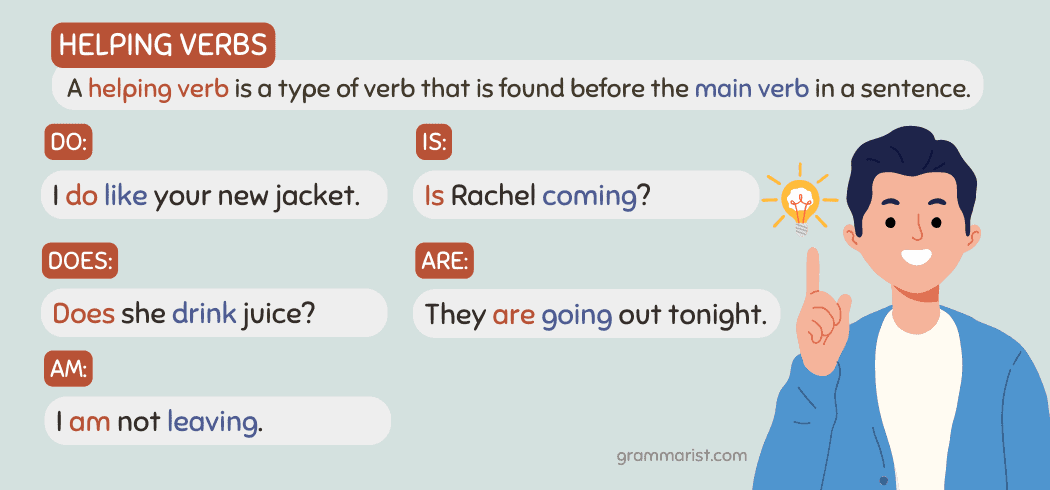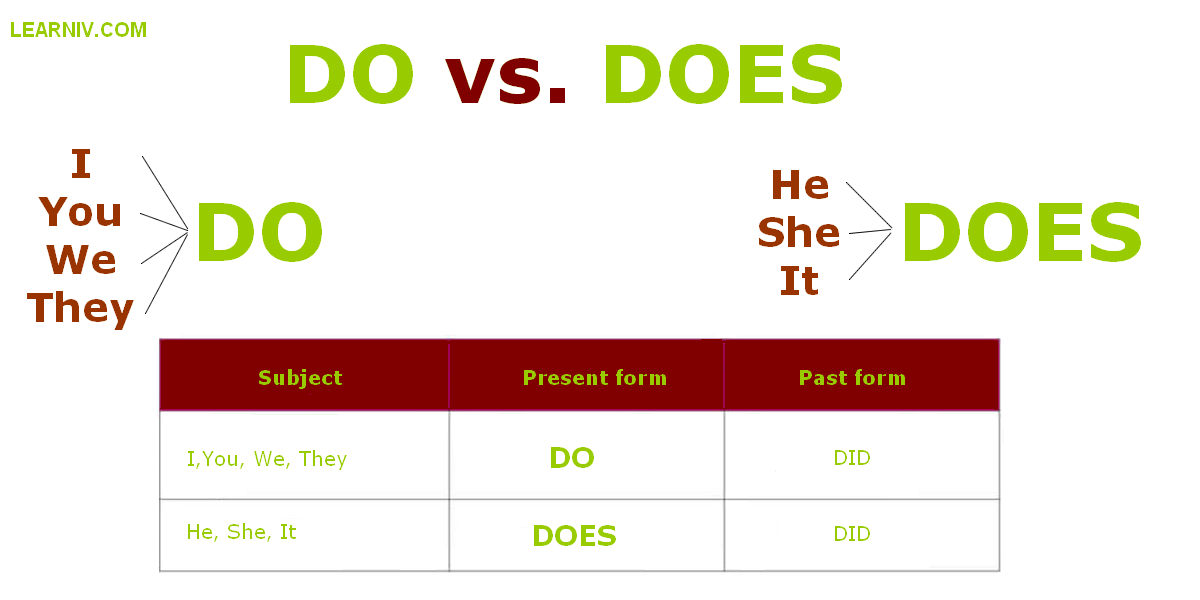Step-by-Step Guide to Creating Your Own DIY Calendar: Designs, Tools, and Inspiration
Introduction: Why Make a DIY Calendar?
Creating a DIY calendar is a rewarding way to organize your schedule, express your creativity, and even craft personalized gifts for friends, family, or colleagues. Whether you want a functional tool for your desk or a decorative wall piece, making your own calendar allows you to choose designs, layouts, and features that suit your needs perfectly. This comprehensive guide provides step-by-step instructions, material recommendations, and creative tips to help you successfully make a calendar from start to finish.
Choosing Your Calendar Style and Format
Before you begin, decide on the type of calendar you want to create. Popular options include:
- Desk Calendars: Compact and practical, ideal for workspaces and easy to flip through [1] .
- Wall Calendars: Great for displaying in kitchens, offices, or common areas, offering more space for notes and images.
- Mini Calendars: Small and minimalist, perfect for tight spaces or as portable planners [4] .
- Printable/Template Calendars: Easily customized and printed using online tools [5] .
Consider your intended use and available space when selecting the format. For instance, a desk calendar is excellent for daily planning, while a wall calendar may be better for tracking family events or monthly goals.

Source: pinterest.com
Gathering Materials and Tools
Most DIY calendars require basic craft supplies, many of which you may already have at home. Essential items include:
- Cardstock or heavy paper for durability
- Printer and ink (for printable templates or digital designs)
- Ruler, scissors, and a paper trimmer for precise cuts
- Hole punch or binding machine (for desk or flip calendars)
- Markers, pens, stickers, and embellishments for personalization
- Binding rings or wire (for desk calendars)
- Adhesive (glue stick or double-sided tape)
If you prefer a digital approach, graphic design platforms such as Canva provide customizable templates for easy calendar creation [5] . For Cricut or die-cutting machine users, specialized tutorials offer additional guidance [2] .
Designing Your Calendar Pages
Personalization is the heart of a DIY calendar. You can design each page by hand, use printable templates, or customize digital layouts. Consider the following elements:
- Monthly Grids: Draw or print blank grids for each month, leaving space for dates, notes, or images.
- Photos and Artwork: Incorporate your favorite photographs, drawings, or themed illustrations for a unique touch.
- Special Dates: Pre-mark birthdays, anniversaries, or important deadlines.
- Quotes and Motivational Messages: Add inspiration to each month with your choice of words.
For those using design tools, platforms like Canva offer drag-and-drop functionality and a variety of templates to suit different tastes and themes [5] . Printable calendar pages are also available through many craft blogs and video tutorials [4] .
Step-by-Step Assembly Instructions
Follow these detailed steps to assemble a basic DIY desk or wall calendar. Adjust the process as needed for your chosen style:
- Print or Prepare Pages: Use your printer to produce each calendar page or hand-draw grids and decorations.
- Trim Pages to Size: Use a ruler and cutter for consistent, clean edges [1] .
- Attach Cover: Create a sturdy cover using chipboard or extra-thick cardstock. Decorate as desired.
- Hole Punching and Binding: Align pages and cover, then punch holes along the top (for wall calendars) or sides (for desk calendars). Bind with rings, wire, or ribbon for an attractive finish [1] .
- Add Finishing Touches: Embellish with stickers, washi tape, or hand-lettered accents to reflect your personality.
For more advanced techniques, such as using a Cricut machine for precision cutting and layering, several video tutorials provide step-by-step guidance [2] .
Creative Ideas and Customization Tips
Your calendar is a blank canvas for creativity. Here are some inspiring options to consider:
- Theme each month with seasonal colors, patterns, or motifs.
- Include monthly challenges, checklists, or habit trackers.
- Add pockets or envelopes for reminders, tickets, or notes.
- Use watercolors or stamping techniques for a handcrafted look [3] .
If you want to turn your calendar hobby into a side business, platforms like Etsy allow you to sell custom designs. Many crafters have successfully started small shops offering personalized planners and calendars [1] .
Common Challenges and Solutions
While making a DIY calendar is generally straightforward, some obstacles may arise:
- Printing Issues: Ensure your printer settings match the paper size and orientation. Test print a single page before running a full batch.
- Binding Difficulties: If you lack a binding machine, use binder rings or ribbon as an alternative. Pre-punched templates can also simplify assembly.
- Design Overwhelm: Start simple and focus on functionality. As you gain confidence, experiment with more complex designs.
For troubleshooting help, search for “DIY calendar printing tips” or consult community forums and video tutorials for solutions tailored to your specific tools and materials.
Alternative Approaches and Digital Options
If crafting by hand isn’t your preference, digital calendar makers provide an accessible alternative. Canva, for instance, offers a free online calendar maker with numerous templates and customization options [5] . These tools are especially helpful for those who want to print multiple copies or prefer to manage their calendar digitally.

Source: homedit.com
Some people combine digital and physical methods, designing calendars online and then embellishing printed copies with personal touches.
Accessing Templates, Resources, and Further Inspiration
You can find a wide range of printable calendar templates through reputable platforms such as Canva [5] or by searching for “printable calendar templates” on major search engines. For hands-on guidance, YouTube channels dedicated to crafting and planning often feature detailed tutorials for various calendar styles [4] . Consider joining online crafting communities or social media groups to share your designs and gather new ideas.
Summary and Next Steps
Making a DIY calendar is an enjoyable project that can be as simple or elaborate as you wish. Whether for personal use, gifting, or even starting a small business, the process offers endless opportunities for customization and creativity. Gather your materials, choose your preferred format, and let your imagination guide you. For more advanced techniques or to explore ready-made templates, utilize trusted online platforms and video tutorials. Start your DIY calendar journey today and enjoy the satisfaction of organizing your time with a creation that’s uniquely yours.
References
- [1] Planify Pro (2024). How To Make Desk Calendar – Step-by-step guide and tips.
- [2] YouTube (2024). Custom DIY mini stackable Desk Calendar with Cricut.
- [3] YouTube (2024). Spellbinders | 2025 DIY Calendar Page | Paper Crafting Tutorial.
- [4] YouTube (2021). Mini Desk Calendar DIY | Simple and Easy.
- [5] Canva (2016). Free Calendar Maker – Create a Custom Calendar in Canva.



